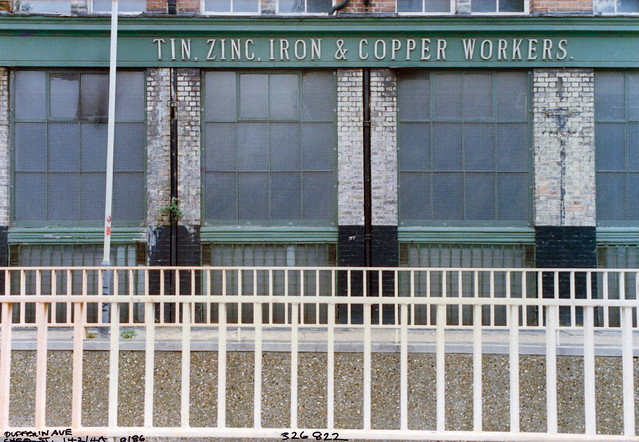Many photographers have been busy with various projects taking advantage of the unique situations created by the Covid-19 lockdown, but the most impressive set of images I’ve come across so far are the hauntingly empty cityscapes by Chris Dorley-Brown which are featured in an article with the over-lengthy title ‘Chris Dorley-Brown’s photographs of London during lockdown are “terrifying and exciting in equal measure”’ on web site It’s Nice That.
These images of well-known locations from meticulously researched locations were all taken on weekdays, between the hours of midday and 2 PM and in the article Dorley-Brown says that they took him “about an hour each“. There are just a few people visible, mainly in the distance in some of the images, but they do convey an incredible feeling of emptiness and I imagine it took some time to exactly fine the best position and sometimes to wait for the few wanderers around the city to move into less conspicuous positions, and sometimes for the light.
There is something of a contrast between these and one of Dorley-Brown‘s earlier projects, The Corners, on his web site with other works, where he very effectively made use of multiple exposures to overpopulate the streets of East London in unreal but fascinating tableaux vivants.
Thanks to another photographer, Paul Baldesare, for drawing my attention to this article.
Photographers who have been able to keep working during the lockdown may be interested in a competition with free entry and a £1000 prize on the theme of ‘My New World‘:
The World as we knew it six months ago has been changing dramatically. Many people’s lives were put on hold, some endured hardship and loss, some had to reinvent themselves and perhaps have been working harder than before. There have been important social movements and appreciation of inevitability that we all facing a New World.
This competition aims to collectively record the experience of people in the United Kingdom during and post lockdown reflecting new challenges and aspirations, bravery, kindness, love, sadness and humour.
Launching Anna Steinhouse Photography Award
Entries – one image per person – are invited through Instagram until midnight Wednesday the 19th of August 2020. You can find full details of submission, terms and conditions at the link above










































